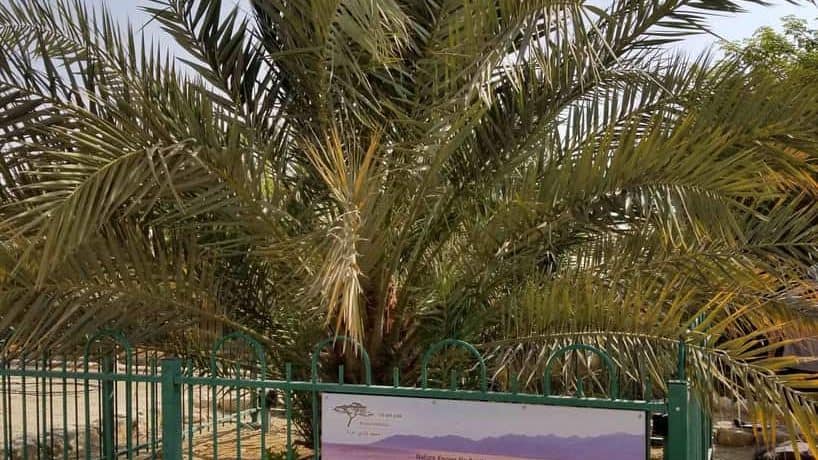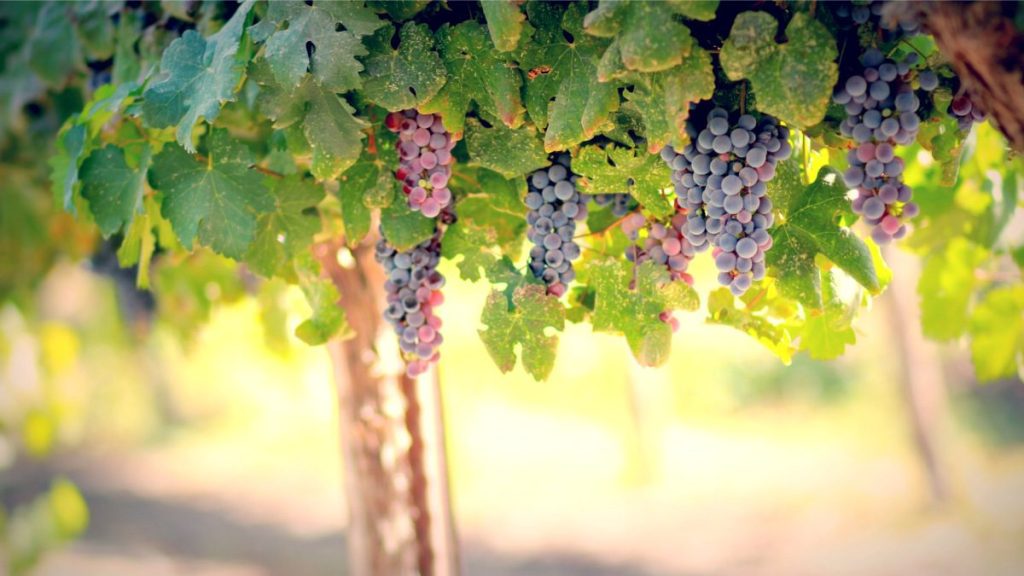Judean Date Palm (Phoenix dactylifera) is a 2,000-year-old tree growing in a Kibbutz Ketura. Now, the date palm fruit is considered a staple food in the Judean Desert. It was the source of food, tree shelter, and shade for thousands of years. During the Roman Period, it became recognized with the Kingdom of Judah.
The tree so represented the local economy that the Roman Emperor, Vespasian, celebrated the reconquest after the First Jewish Revolt (66-73 CE) by minting Judea Capta coinage. That is to say, a series of coins sometimes depicting Judea as a morning woman beneath a date palm. The palm tree can appear on the coin in combination with the morning woman or without her. The Palm tree represents the Province of Judea, while the women symbolize the Jewish nation.

Judean Date Palm: The Decline
Asaph Goor, in his 21-page article History of the Date through the Ages in the Holy Land, mentions that there was a continuing extent of date cultivation in the region during the Roman period. Goor detects a decline at the beginning of the Early Muslim Period, especially during the Crusaders. He notes that the area’s devastation was particularly hard on the palm plantations. However, despite this, extensive cultivation persisted in Jericho and Zoara until the agrarian economy collapsed during Mamluk’s rule around the 14th century, which he attributes to a change in the climate. Goor quotes several later Ottoman-period travelers to the area regarding the rarity of date palms, including Pierre Belon, who in 1553 scoffed at the idea that the region could have ever produced a bounty of dates like reported in ancient sources.
The Judean Date Palm and the Germination Of a 2,000-Year-Old Seed
During the1963-1965 excavations by Yigael Yadin at Herod the Great’s palace on Masada. A cache of date palm seeds preserved in an ancient jar. Now the seeds had experienced a very dry and sheltered environment for centuries. In fact, Radiocarbon dating at the University of Zurich confirmed the seeds dated from between 155BCE to 64CE. The seeds were held in storage for 40 years at Bar-Ilan University.

In 2005, Dr. Elaine Solowey from the center for Sustainable Agriculture at the Arava Institute for Environmental Studies managed to sprout several seeds, by pretreating them in fertilizer and hormone-rich solution. Three of the seeds were subsequently planted at Ketura in the Arava valley. Eight weeks later one of the seeds sprouted and by June 2008, the tree had nearly a dozen fronds and was nearly 1.4 meters tall.
Seven Species of Israel

Credit: DASonnenfeld, CC BY-SA 4.0, via Wikimedia Commons
Appropriately nicknamed “Methuselah” after the longest-lived person listed in the Bible. Methuselah is remarkable in being the oldest known tree seed successfully germinated and the only living representative of the Judean date palm, a tree extinct for over 800 years, which was once a significant food and export crop in ancient Judah.
Oops, It is A Male
In 2005, before knowing the gender of the palm tree, Dr. Solowey was hoping that it would turn out to be a female; for which there was a 50% chance because that would have allowed it to give fruit; “on the contrary, if it’s a male, it will just be a curiosity” she was quoted saying. Methuselah flowered in March 2011 and is male.
The Grape Wine in Israel

By 2015 Methuselah had produced pollen that has been used successfully to pollinate female date palms. Other Judean date palm seeds were grown in 2015. Several are female, so it is hoped that it will soon be possible to pollinate a female Judean date palm with the pollen of a male of the same variety.
On my tours of the Arava Valley, I like to stop for a bit at Kibbutz Ketura and show my guest Methuselah. Now it’s the end of 2020; the tree, I must tell you, has grown wonderfully.

